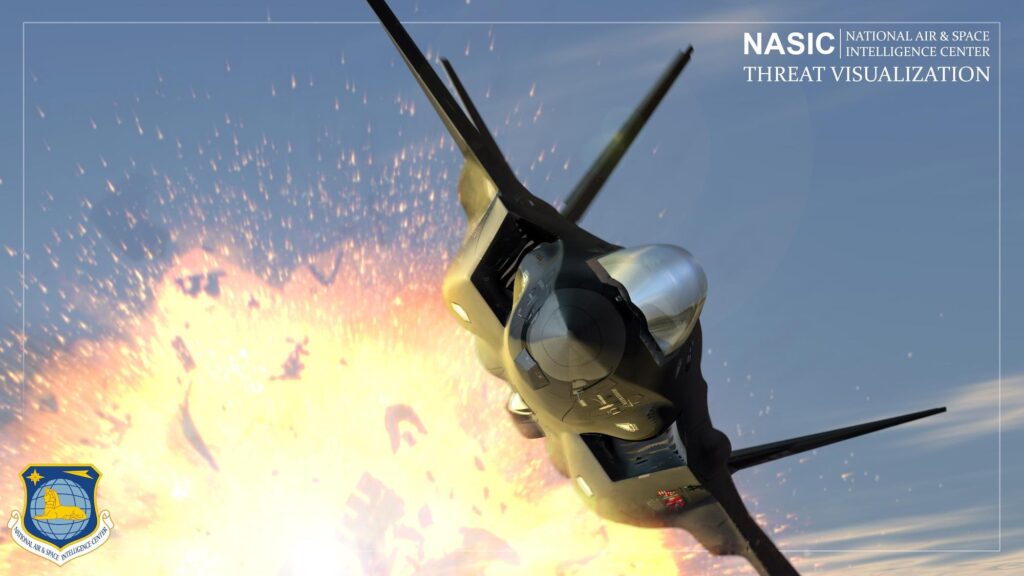In an ever-evolving landscape of global threats, the Air Force and Army are facing new challenges that are forcing them to reconsider their traditional approaches to base defense. As adversaries continue to develop sophisticated tactics and technologies, military leaders are being pushed to adapt and innovate in order to protect their assets and personnel. This article explores the pressing need for a rethinking of defense strategies in the face of emerging security risks.
Challenges posed by cyber warfare in modern base defense strategies
As technology advances, so do the threats posed by cyber warfare in modern base defense strategies for the Air Force and Army. These new challenges require a rethink of traditional approaches to base defense to ensure the safety and security of military installations.
- Increased vulnerability to cyber attacks
- Complexity of defending against sophisticated cyber threats
- Lack of training and resources in cyber defense
With the rise of virtual warfare, the Air Force and Army must adapt their strategies to stay ahead of potential cyber threats. This includes investing in cutting-edge cybersecurity measures, enhancing collaboration with other branches of the military, and implementing regular training exercises to prepare for cyber attacks.
Importance of integrating new technologies in perimeter security systems
In today’s rapidly changing security landscape, the Air Force and Army are faced with the challenge of protecting their bases from new and evolving threats. The traditional approach to base defense is no longer sufficient in the face of advancements in technology and tactics used by adversaries. It has become increasingly important for military organizations to integrate new technologies into their perimeter security systems to enhance their overall defense capabilities.
By incorporating cutting-edge technologies such as AI-powered surveillance cameras and drone detection systems into their security infrastructure, the Air Force and Army can significantly improve their ability to detect and respond to potential threats in real-time. These advanced technologies provide greater situational awareness, allowing military personnel to proactively address security breaches before they escalate. In a time where the stakes are higher than ever, the integration of new technologies in perimeter security systems is crucial for ensuring the safety and security of military bases.
The need for increased collaboration between Air Force and Army in base defense planning
The evolving nature of threats in modern warfare has put pressure on the Air Force and Army to reassess their approach to base defense planning. With the emergence of new technologies and tactics being utilized by adversaries, there is a growing recognition of the need for increased collaboration between the two branches.
By leveraging the unique capabilities of both the Air Force and Army, such as air superiority and ground combat expertise respectively, a more holistic and effective base defense strategy can be developed. This collaboration can lead to improved situational awareness, faster response times, and ultimately, better protection of military installations. Key areas where increased collaboration is necessary include:
- Integration of air and ground defense systems
- Joint training exercises and simulations
- Information sharing and communication protocols
Implementing proactive measures to counter emerging threats on military installations
In response to the evolving landscape of security threats targeting military installations, the Air Force and Army are actively reevaluating their defensive strategies. With the emergence of new threats, such as cyber attacks and unmanned aerial systems, traditional security measures are no longer sufficient to ensure the safety of personnel and sensitive assets.
Both branches are now focusing on implementing proactive measures to counter these emerging threats. This includes utilizing cutting-edge technology, increasing surveillance capabilities, and enhancing training programs for personnel. By staying ahead of the curve, the Air Force and Army are aiming to strengthen their base defense and better protect against potential security breaches.
Future Outlook
as new threats continue to evolve and pose challenges to our military bases, the Air Force and Army are being forced to reassess and reshape their approach to base defense. By embracing innovation, collaboration, and adaptability, our armed forces will be better equipped to confront these emerging dangers and ensure the security and effectiveness of our military installations. It is imperative that we remain vigilant and proactive in defending our bases against all potential threats, in order to safeguard our national security and uphold our commitment to protecting our homeland. The ever-changing landscape of security demands flexibility and foresight, and the Air Force and Army must be prepared to meet these challenges head-on in order to maintain a strong and secure defense of our nation.


